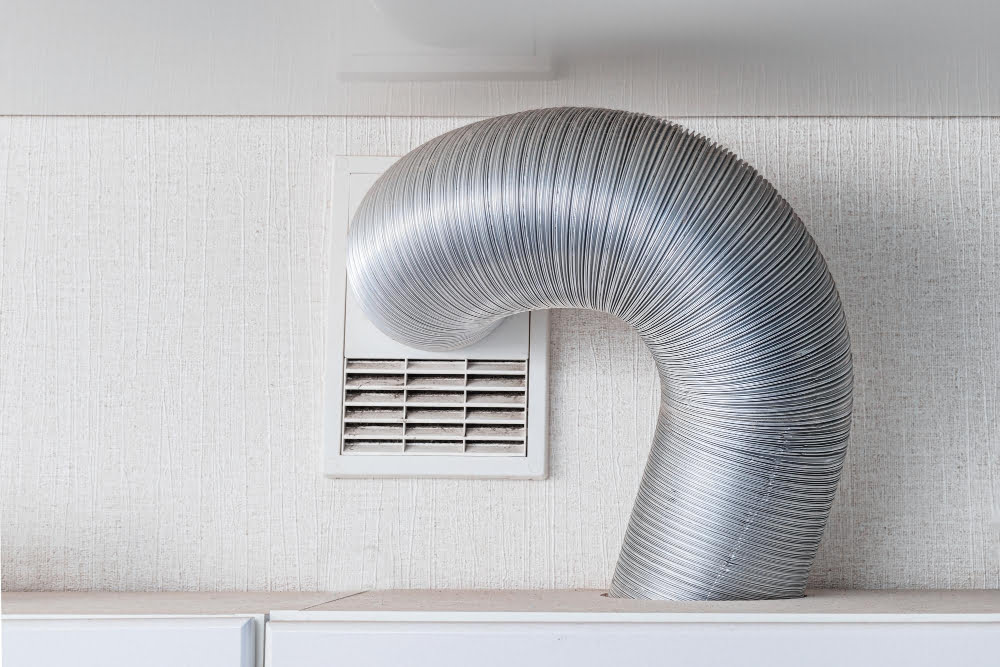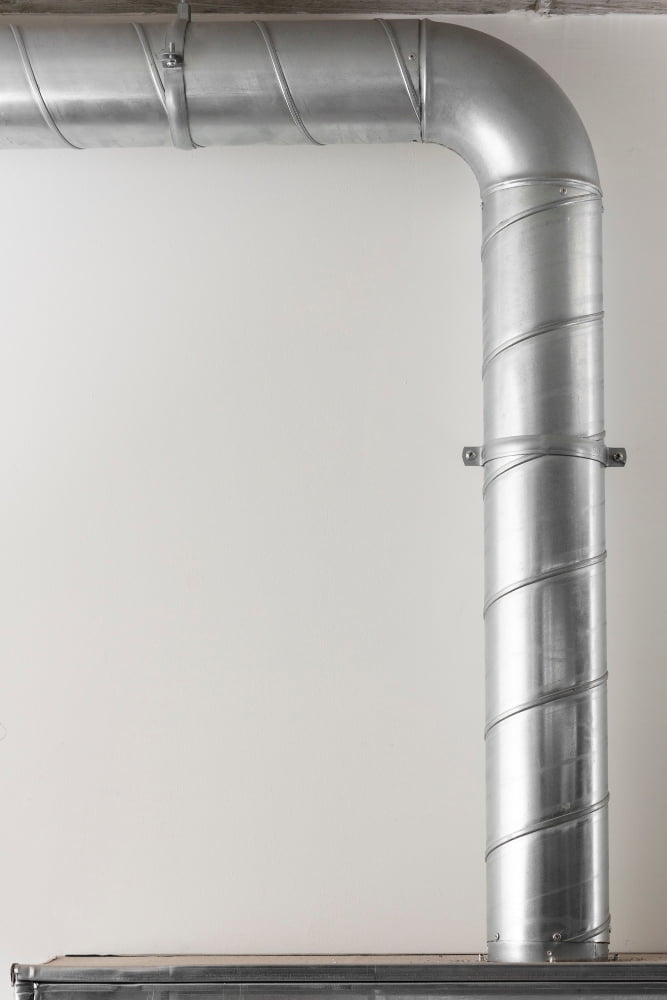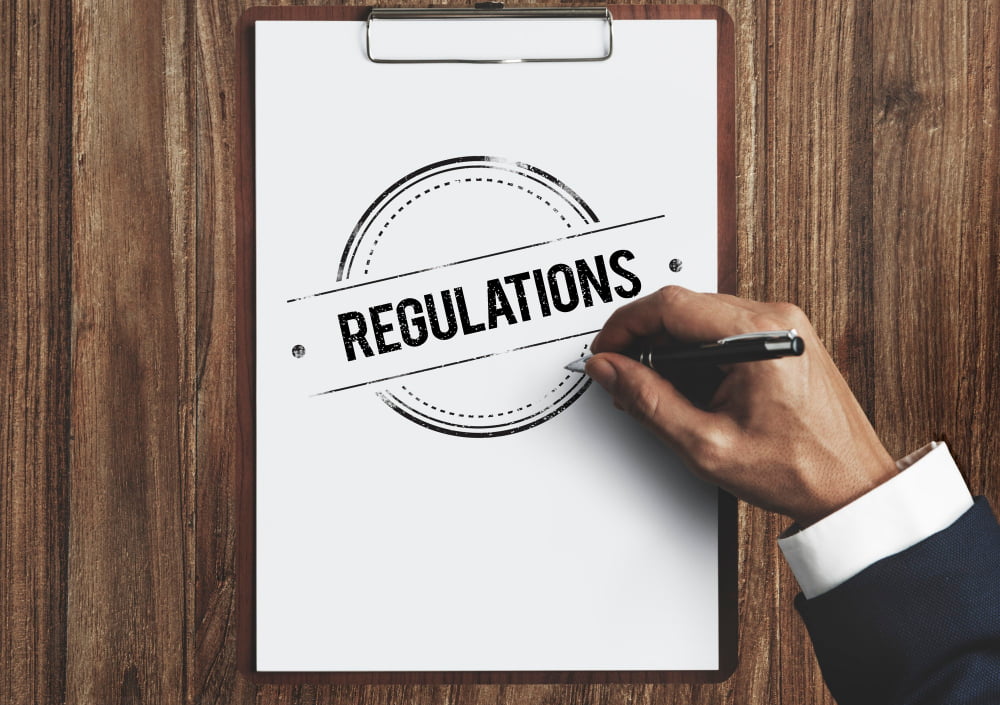No, venting a dryer into a garage is not recommended as it can lead to a buildup of moisture and potentially harmful gases.
Venting a dryer into a garage is a common question many homeowners ask when setting up their laundry system. While it may seem like a convenient solution, it’s important to understand that this method is not recommended due to several safety and health reasons.
This article will delve into the specifics of why it’s discouraged, the potential risks involved, and alternative solutions for dryer venting that are safer and more efficient.
So, if you’re seeking comprehensive insights into dryer venting, this is the perfect resource for you.
Key takeaways:
- Venting a dryer into a garage can lead to mold growth.
- Carbon monoxide from gas-powered dryers can pose health risks.
- Re-routing dryer venting can lead to inefficiencies and fire hazards.
- Building regulations dictate proper dryer venting practices.
- Tips for installing a dryer vent in the garage include using solid metal ducting and venting outside of the garage.
Risk of Mold Growth in Garage Due to Dryer Venting

Despite seeming like a handy solution, directing your dryer vent into your garage can create ideal conditions for mold development. Dryers produce a significant amount of moisture, which will consequently increase the humidity level in your garage. Mold, a common household problem, thrives on damp environments, and it can swiftly spread onto walls, stored items, and even creep into your home.
i) Elevated humidity: Dryers expel moist air, contributing to a rise in garage humidity. Environments with high humidity levels offer a suitable breeding ground for mold.
ii) Lack of sufficient ventilation: Garages often have inadequate ventilation. With constant moisture input and lack of sufficient ventilation, dampness accumulates, promoting mold proliferation.
iii) Damage to stored items: Many garages double as storage for items that could be severely damaged by mold, including clothes, papers, and wooden items.
iv) Health risks: Mold causes various health issues including respiratory problems and allergic reactions.
To circumvent these mold-related problems, consider alternative ways to vent your dryer. It’s crucial to always ensure a dry and well-ventilated garage environment.
Release of Carbon Monoxide From Garage-Vented Dryers

It’s vital to address the potential release of carbon monoxide — a harmful gas we cannot see or smell. If your dryer is gas-powered, it produces this gas as part of its normal operation. If vented into the garage, this gas may build up, posing a serious health risk. Even small amounts could cause symptoms such as headaches and dizziness, while larger amounts can lead to poisoning or even death.
While electric dryers don’t produce carbon monoxide, venting them into the garage could mean pushing warm moist air into an enclosed space. This may lead to increased levels of carbon monoxide from any vehicular exhaust or other combustion processes typically present in garages.
Furthermore, most garages are not sealed properly. If the garage door is left open, there is a risk that carbon monoxide could seep back into the home. Likewise, if there are any connected living areas or gaps in the garage walls or door, this harmful gas could enter the living space.
Lastly, a correctly installed dryer vent should direct exhaust gases outside. Any redirection, like into a garage, could result in improper functioning of the dryer. Decreased efficiency or damage to the appliance could occur due to back pressure, again leading to increased carbon monoxide production.
Effects of Re-routing the Dryer Venting

The process of shifting the path for dryer venting does more than just altering the appliance’s layout – it impacts functionality and safety. While it seems convenient, routing the vent into the garage can lead to inefficiencies and risk factors that must be evaluated.
Firstly, the re-routing process can extend the dryer vent’s length, especially if the garage is farther from the laundry room. This lengthier route makes the dryer work harder to expel air, leading to increased energy consumption and longer drying times.
Next on the list is the backdraft challenge. Backdraft is a sudden reversal in airflow that can pull potentially hazardous fumes from the garage into the home, such as from a car exhaust or stored chemicals.
Lastly, there’s the issue of lint accumulation. Dryers produce a significant amount of lint, which, when vented into the garage, can amass on various surfaces, posing a fire hazard over time.
Therefore, while diverting dryer venting to the garage can appear as a practical option, these downsides make it important to consider alternative locations or install necessary safeguards.
Building Regulations for Dryer Venting Into Garage

Adhering to established building codes is paramount while embracing any renovation project, including dryer venting into the garage. Here are some notable regulations and reasons for their existence:
1. The International Residential Code (IRC) specifies that the dryer vent should terminate at least 3 feet from property lines and any openings into the building. This reduces the risk of lint and hot air from the dryer seeping back into the living space, and minimizes fire threats.
2. Local codes often stipulate a certain size for vent ducts, usually 4 inches in diameter, to ensure efficient airflow and reduce the possibility of blockage by lint accumulation.
3. The IRC also states that the vent should not terminate in an attic or crawl space, a rule that many building professionals extend to include garages. This plays a crucial role in preventing moisture from accruing and eventually causing mold growth or structural damage.
4. Some areas have stringent rules about the materials used for vent ducts. For example, some codes explicitly prohibit the use of PVC due to its tendency to produce static electricity which can ignite lint.
Always remember, before proceeding with dryer vent installation, it’s important to familiarize yourself with both international and local building codes. Consult with a local building inspector to ensure your project will be up to code.
Tips for Installing a Dryer Vent in Garage

1. Use solid metal ducting: The ideal material for a dryer vent is smooth interior metal ducting. This material minimizes the lint buildup and reduces the potential for fires. Plastic or ribbed materials are hazardous as they can easily trap lint.
2. Maintain a short duct run: Ensure the route from the dryer to the outside of the garage is as short as possible. A shorter run not only speeds up drying time but also lessens the chance of lint buildup.
3. Include a backdraft damper: Incorporate a backdraft damper into your venting. This element prevents outside air from entering the garage through the dryer’s vent when it’s not in use.
4. Proper Elevation: The bottom of the dryer vent hood should be at least 12 inches off the ground. This elevates the exit point, mitigating issues like blockages from leaves or potential intrusions from rodents.
5. Vent Outside the Garage: Regardless of where the dryer is placed, the vent should always lead outdoors, not just into the garage interior. This prevents the buildup of heat and humidity within the space.
Remember, installing a dryer vent properly not only increases efficiency but also ensures your garage, and home at large, is safe from any hazards related to poor ventilation.
Considerations When Venting a Dryer Into a Garage

Navigating the intricacies of venting a dryer into a garage requires a keen understanding of a few essential points.
First, it’s crucial to check the local building codes. Specific regulations may exist that govern how and where you can vent your dryer, which could rule out a garage as an option.
Second, remember that the dryer’s exhaust comprises not just lint but moisture too. This moisture can increase the humidity in your garage and cause problems like mold growth or damage to items stored in the garage.
Third, think about the quality of the venting system you’re installing. You want it to be sturdy and reliable. Using rigid metal ducts, as opposed to plastic or flex ducts, is always a wise choice as they’re more resistant to puncturing and wearing out.
Lastly, examine the exact location of your dryer in relation to the garage. If feasible, place the dryer on an interior wall close to the garage to reduce the length of the vent run. A shorter run will help to make your dryer more efficient.
Potential Damage to Garage Items From Dryer Venting

Heat and humidity from the dryer could impact items stored in the garage. Thermal damage can occur to items such as paints or solvents, potentially even leading to combustion under extreme circumstances.
Humidity, on the other hand, can lead to corrosion of metal tools or equipment. Wooden items or furniture might also warp or rot.
Furthermore, dust and lint from dryer exhaust can coat surfaces and create a fire hazard if not regularly cleaned. Therefore, take note of what’s in proximity to the vent and ensure regular maintenance to avoid any unwarranted mishaps.
FAQ
Is it safe to vent electric dryer into garage?
No, it is not safe to vent an electric dryer into a garage due to the risk of carbon monoxide accumulation.
Can I put a vented dryer in the garage?
Yes, you can put a vented dryer in the garage, provided there is outdoor ventilation available.
Do electric dryers need to vent outside?
Yes, electric dryers need to vent outside as they require vents to expel heat, lint, and moisture in order to function safely and efficiently.
Can an electric dryer be installed in a garage?
Yes, an electric dryer can be installed in a garage, but it must be placed at least 18 inches above the floor to prevent potential hazards such as fire or explosion.
What potential hazards can arise from venting a dryer into the garage?
Venting a dryer into the garage can lead to accumulation of lint, moisture issues, possible carbon monoxide build-up, and fire hazards.
What regulations pertain to dryer venting in residential garages?
Dryer venting in residential garages must adhere to the International Residential Code (IRC), which stipulates the vent’s minimum diameter, maximum length, and mandatory termination points to ensure proper airflow and prevent fire hazards.
How can proper ventilation methods optimize a garage used for dryer storage?
Proper ventilation methods can optimize a garage used for dryer storage by preventing heat build-up, reducing condensation, and lowering the risk of fire, thus increasing the lifespan of the dryers.